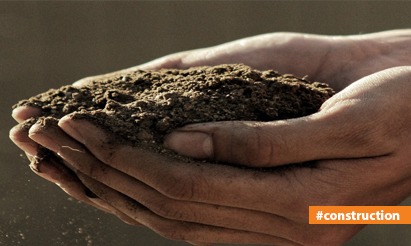Foundations of Stability: Exploring Different Types of Footings in Construction!
In the realm of construction, the importance of a strong and stable foundation cannot be overstated. The footing, often referred to as the foundation footing or simply foundation, is a critical element that bears the weight of a structure and distributes it to the underlying soil or rock. Different types of footings are employed in construction to suit varying soil conditions, loads, and architectural designs. In this blog, we’ll dive into the world of footings, exploring their types and their significance in the construction process.
Understanding Footings
What Are Footings?
Footings are structural components that are typically made of concrete and serve as the base on which a building or structure rests. They are designed to transfer the loads from the building to the soil or bedrock below. Properly designed and constructed footings are essential for ensuring the stability and longevity of a structure.
Why Are Footings Important?
- Load Distribution: Footings evenly distribute the weight of a structure, preventing settling or sinking of the building into the ground.
- Soil Stabilization: They prevent soil erosion and provide stability to the structure, especially in areas with expansive or unstable soils.
- Protection Against Settlement: Footings protect against differential settlement, which can lead to structural damage or uneven settling of the building.
Different Types of Footings
There are several types of footings used in construction, each chosen based on factors such as the type of structure, soil conditions, and local building codes. Here are some common types:
1. Strip Footing (Continuous Footing):
- Strip footings are continuous footings that run along the entire length of a wall. They are commonly used in load-bearing masonry or concrete walls.
- These footings distribute the load evenly along the length of the wall, providing stability.
2. Spread Footing:
- Spread footings are rectangular or square-shaped footings that support individual columns or isolated loads.
- They are versatile and used for various types of structures, including residential, commercial, and industrial buildings.
3. Combined Footing:
- Combined footings are designed to support two or more columns when they are closely spaced or in a line.
- These footings are used when individual footings would overlap or when columns are close to property lines.
4. Mat (Raft) Foundation:
- Mat foundations, also known as raft foundations, are large, flat slabs that support the entire structure.
- They are often used in areas with weak or uneven soil conditions, as they distribute the load over a large area.
5. Pile Foundation:
- Pile foundations consist of vertical columns (piles) driven deep into the ground to reach stable soil or bedrock.
- They are used when the upper layers of soil are unable to support the structure’s load.
6. Drilled Pier (Caisson) Foundation:
- Drilled pier foundations are deep, cylindrical holes filled with concrete to support a structure.
- They are suitable for areas with unstable soil or when higher load-bearing capacity is required.
Conclusion
The selection of the appropriate type of footing is a critical decision in construction. It depends on a thorough analysis of soil conditions, the structure’s design, and the intended use of the building. A strong foundation not only ensures the structural integrity of a building but also contributes to its safety and longevity. Understanding the different types of footings and their applications is fundamental for architects, engineers, and builders, as they lay the groundwork for constructing stable and secure structures that stand the test of time.
Disclaimer: The views expressed above are for informational purposes only based on industry reports and related news stories. PropertyPistol does not guarantee the accuracy, completeness, or reliability of the information and shall not be held responsible for any action taken based on the published information.




